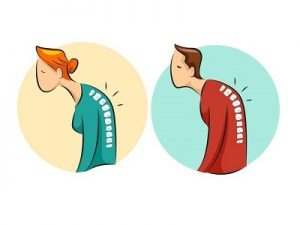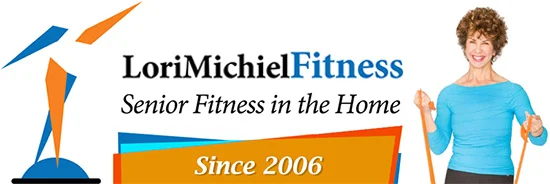 Diagnosed at age 42 with osteopenia: How exercise helped me learn to reduce my risk of the brittle-bone disease called osteoporosis.
Diagnosed at age 42 with osteopenia: How exercise helped me learn to reduce my risk of the brittle-bone disease called osteoporosis.
Last month there were at least five notable organizations that brought awareness to their cause. They included Alzheimer’s and Brain, Arthritis, National Physical Fitness and Sports, Older Americans, and Osteoporosis Awareness and Prevention. These distinguished organizations deserve attention. The one I chose focus on for this article, selfishly, was Osteoporosis Awareness and Prevention.
I was diagnosed with osteopenia over 20 years ago; it was by accident. While working for a Home Healthcare agency, as part of my responsibility I would visit skilled nursing facilities (SNFs). This day, one SNF was offering a “free” bone scan to determine if I had osteoporosis. Bone loss was detected in my right ankle. It scared me. After all, I was only 42, healthy and physically active. I considered osteoporosis an “old” person’s disease. I immediately made an appointment with my physician to have complete bone mineral density (BMD) tests to verify or discredit the previous findings.
I began to explore my options. After a review of my blood work (I was low in vitamin D), I focused on my diet, considered medication and more strength/resistance exercise. More exercise? I thought I was doing enough, however after becoming a personal trainer I learned how much more I could be doing.
Although I still have the disease, I can honestly say my BMD numbers have improved without the use of medication, which I was on for the first five years. (Disclaimer: I do not suggest you abstain from medication, seek your physician’s advice first.)
I thought I’d share my positive experience with you, my readers, hoping you can improve your chances of reducing your risk or improving your diagnosis of this brittle-bone disease.
Getting Started
Along with a proper diagnosis, diet, medication and exercise, people with bone loss should specifically target posture, balance, gait, coordination, and hip and trunk stabilization rather than general aerobic fitness.
A typical private training session or class should consist of a warm-up, a workout and a relaxation component.
Exercises
Warm-up: The general 10- to 15-minute warm-up may be done to music and starts with a gentle range of motion exercises for the major joints, which are performed either seated or standing. The warm-up may end with walking and simple dance steps to achieve a heart rate of between 110 and 125 beats per minute.
Workout: The workout may consist of strengthening (weights and bands) and stretching exercises to improve posture by combating medially rotated shoulders, chin protrusion, thoracic kyphosis and loss of lumbar lordosis. Exercises to improve balance and coordination may progress from heel raises and toe pulls to more challenging tandem walks and obstacle courses. Weight belts are an option, but you need to move with caution.
Relaxation: The last 5 to 10 minutes of the session may be devoted to relaxation techniques such as deep breathing, progressive muscle tensing and relaxing, and perhaps visualizations to a background of soft music and/or nature sounds.
Contraindications to Exercise
Several exercises are not suitable for people with osteoporosis as they can exert strong force on relatively weak bone. Dynamic abdominal exercises like sit-ups and excessive trunk flexion can cause vertebral fractures. Twisting movements, such as a golf swing, can also cause fractures. Exercises that involve abrupt or explosive loading, or high-impact loading, are also contraindicated. Limit activities such as bending with a rounded upper back to pick up objects which can cause vertebral fractures (that you might not even realize are occurring) and should be avoided.
For more information about specific osteoporosis exercise programs to improve your bone health and confidence, contact us. You can also refer to our FAQ page aka Questions and Answers, follow us on Facebook or check out our website at www.lorimichielfitness for other important fitness information, email us or simply call us at 818-620-1442 for a consultation.
Sources:
Ekin JA, Sinaki M. Vertebral compression fractures sustained during golfing: report of three cases. Mayo Clinic Proc 1993;68:566-570Sinaki M, Mikkelsen BA. Postmenopausal spinal osteoporosis: flexion versus extension exercises. Arch Phys Med Rehabil 1984;65:593-596
